LinkedIn has cemented itself as one of the most effective B2B sales and marketing channels. As a result, many businesses are now looking for intelligent and simple outbound sales strategies on the platform that succeed.
If you’re struggling to get referrals, don’t have time to prospect effectively, or are just unsure of where to get started… we’ve got your back. Our goal is to simplify this process for you never to have to worry about leads again.
The following blog outlines the foundation of a successful outbound LinkedIn marketing strategy. The elements we explore are fundamental when generating qualified leads on Linkedin and will get you started on your path to bountiful lead generation.
Post Contents
- 1 The Ingredients for Your Value Proposition
- 2 Comprehensive Value Propositions Should Mirror This Perspective and Include the Following:
- 3 Preparation is Everything, start with the end in mind.
- 3.1 Profile Optimization
- 3.2 Choose a Great Photo
- 3.3 Provide an Informative Headline
- 3.4 Customize Your URL
- 3.5 Optimize Your Summary
- 3.6 Seek Endorsements & Recommendations
- 3.7 Remain Active & Engage
- 3.8 Finding Prospects
- 3.9 Time to Launch
- 3.10 Sending Connections
- 3.11 Sending Messages
- 3.12 Get off LinkedIn
The Ingredients for Your Value Proposition
The first step in the deployment of a powerful marketing strategy is the creation of a value proposition. Your value proposition serves as your North Star, directing and aligning all communication and messaging goals.
Many marketers focus too much on creating demand, but should instead consider how to channel a demand that already exists.
Comprehensive Value Propositions Should Mirror This Perspective and Include the Following:
Target Market

Defining your target market is critical, as you must examine your current customers, investigate your competition, analyze your offerings, and outline the demographics that you aim to target. This analysis helps you consider the psychographics of your target market so that you can gain insight into what they are receptive to and where they will look for value.
Insight
As soon as you’ve defined your target market, you should have an understanding of their needs and pain points. Consider exactly what you’re offering and how this resolves the common challenges that your market is up against.
Alternative Solutions
Exploring alternative solutions is the equivalent of conducting competitive research. It is so important not to lose sight of what other companies are offering to differentiate yourself and outmaneuver them.
Benefit
When positioning your value proposition, every potential client must understand the value that you are providing. What is in it for them? What are the results that they can expect when using your products or services?
Credibility

Your credibility gives prospects a reason to believe. Generate powerful credibility after you’ve already established a unique point of view. This can come in the form of referrals, reviews, awards, publications, and content that demonstrates evident success (ie, case studies).
USP
Suppose you imagine a Venn diagram, with one circle being “what your customer wants” and the other being “what your business does well”. In that case, your unique selling proposition is where these two circles overlap.
To create a compelling USP, it should be assertive and focused on the things that your customers value. Generic slogans or stances don’t function well in this context, as you want to make a defensible case against your competition.
Preparation is Everything, start with the end in mind.
Once you’ve established a value proposition, you’re ready to take the next step and prepare for the execution of your LinkedIn outbound marketing campaign. This preparation can be boiled down into two steps…
Profile Optimization
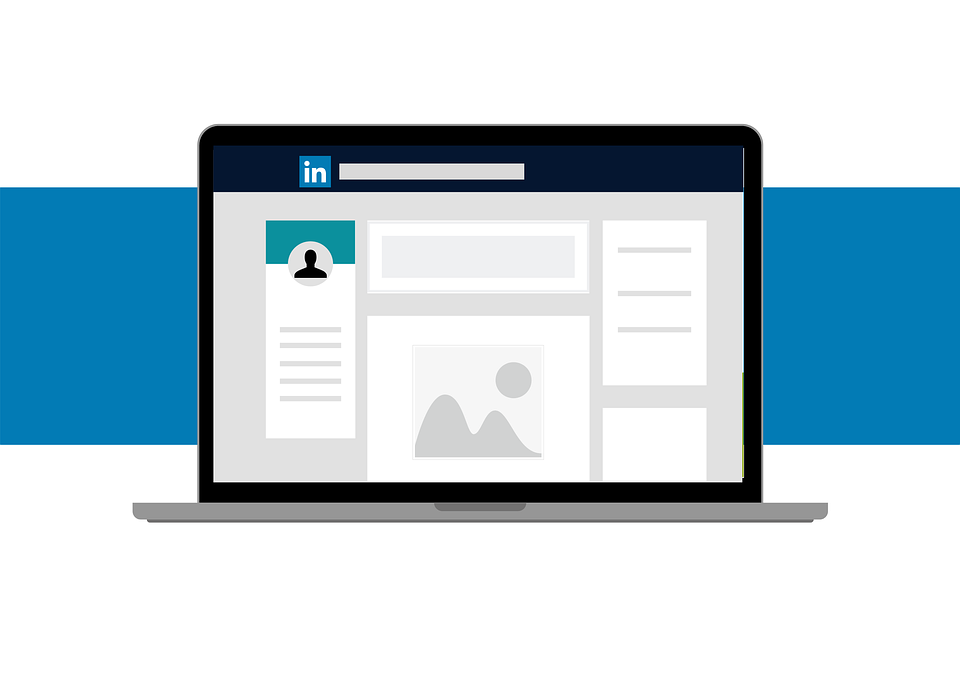
Prior to the launch of any serious outbound marketing initiatives on LinkedIn, you should optimize your profile. With 660 million users, LinkedIn offers a lot of potential for visibility.
But, first impressions matter, and your profile should reflect that truism. The following three steps should be updated and optimized across all profiles associated with your business.
Choose a Great Photo
Several attributes make up a great profile photo. The image should be a high-resolution photo without any other individuals in the frame. Selfies are not suitable for this medium, and your photo should take up at least 60% of the frame, which features an expression that reflects your brand.
Wear what you would wear to work, and take the photo in soft or natural light without a distracting background. This image is one of the first things that people see, and your response rates and referral rates will improve with the right photo.
Provide an Informative Headline
Accompanying your photo is your profile headline, which prospects will see as soon as you connect. Well-written headlines are minimal yet adequately descriptive. This content should include your big promise, specialty of the end result of working with you.
Consider something like “I help (target market) with (problem/solution)” or focus on your USP with a bold and inquisitive tag that piques the interest of a prospect. You want your prospect to be curious without giving away the entirety of your game.
Customize Your URL
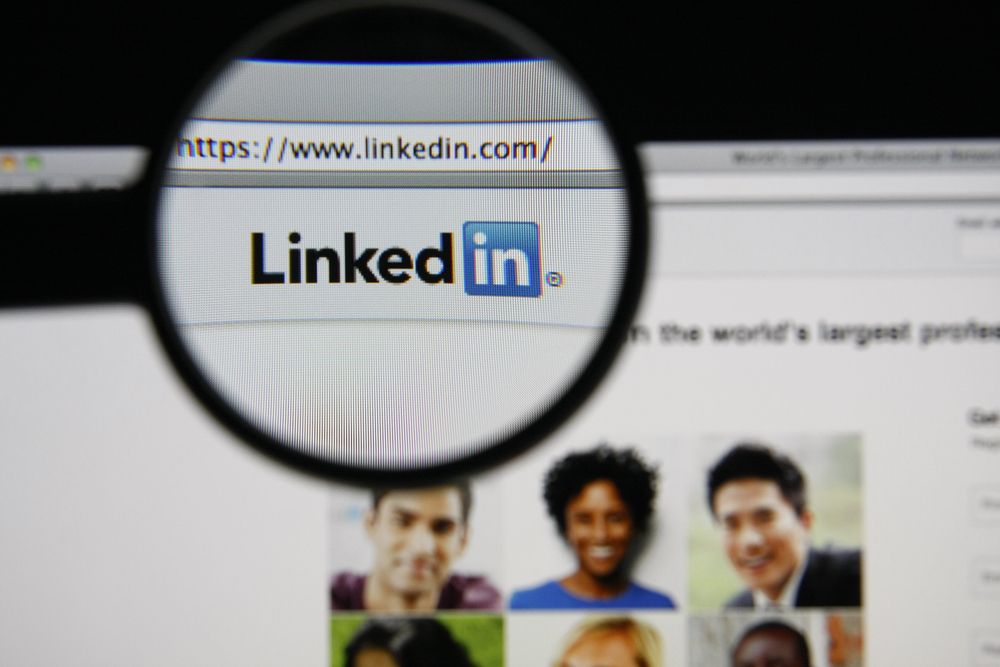
LinkedIn automatically generates URLs. You should take the time to customize your URL to be more memorable and easier to share. Generic URLs are usually a string of seemingly random numbers, and that is not doing anything to help your visibility.
Optimize Your Summary
Your summary should be concise and clear, using keywords in a way that boosts your SEO. Quality over quantity is the name of the game here, as substantive content is more effective than length. Choose your keywords wisely, and don’t overdo it. 2 or 3 smart keyword choices will deliver better results than a keyword stuffed summary.
Seek Endorsements & Recommendations
Prospects are more inclined to work with you if you come with glowing endorsements or recommendations from credible sources. Be proactive, and use your working relationships to request the favor of an endorsement.
These can be exchanged with others you have worked with so that you both benefit. Make sure that your skills are always current. Your skills seem much more potent when others are regularly vouching for them.
Remain Active & Engage
LinkedIn was built entirely for the purpose of networking. If you are conducting regular outbound marketing campaigns on the platform, it is vital that you are active and engaging with others. The process of engagement builds trust and strengthens existing or blossoming relationships.
Share content, keep your profile up to date, reply to comments, comment on people’s posts, and consistently work on expanding your network.
Finding Prospects

Garbage in = garbage out, which is true within any sales process or funnel. This is why finding the right prospects can be tedious. Fortunately, LinkedIn Sales Navigator is a powerful tool with incredible targeting capabilities.
The power of this tool combined with the following tips will result in higher quality lead generation and more conversion opportunities.
Smart Segmentation – Aim for the most relevant leads based on important criteria such as geography, company size, job title, and industry. When you’re dealing with millions of potential leads, it is essential to whittle that list down to extract those who are most likely to convert. Another great tactic is trigger based prospecting companies like https://launchgravity.com/ offer new hire triggers, funding triggers and growth triggers.
Refine Filtered Results – Negative keywords are the best way to exclude bad leads within your search. Look at the last few pages of your search results to find negative keywords. Also, try using quotation marks within your search (ie, “Chief executive officer”). This will refine your list and ultimately deliver stronger leads.
Extract Prospects – Finally, scrape all search results and export them as an excel/google sheet. This will allow you to save these prospects offline and make it easy to sort through prospects based on job title or location and delete all non-relevant leads. If your prospecting is industry specific don;t be surprised to see up to 60% of the prospects not in your target market.
Time to Launch

Once the groundwork is in place, you are ready to launch your marketing initiative. The goal here is to deliver valuable messages to the right prospects and move your conversations off of LinkedIn to a call or email as quickly as possible.
Sending Connections
Connection requests are often your first interaction with a prospect, which is why you want to make the most of this 300 character message. You should do your best to tailor this messaging to the prospect and give them a reason to connect.
There are two strong approaches to increase successful connections, value-based and trigger-based. A value-based connection shares content in the form of a case study, white paper, or video link.
A trigger-based connection offers timely information related to funding rounds, new hires, job openings, growth etc. If you can’t take either of these approaches, I would highly recommend that you at least use custom fields based on the data you have such as name, company name, industry, or job title.
Your language here should be direct and transparent. Add as much value to this message as you can while briefly explaining who you are and the purpose of the connection. Give this person a great reason to connect with you.
A clear message will help you weed out those prospects that are not interested and help you avoid wasted time. Worthy mention your connection message and tagline are the first impressions your prospects will get of you.
Sending Messages

Once you’re connected, the messages that you send must clearly reflect your personal value proposition. This is very much a return to the beginning of this process. You want to shed light on the value you can deliver, the benefits that the prospect will receive, and what your USP is.
Eugene Schwartz, one of history’s greatest copywriters, has two outstanding quotes, “Breakthrough Advertising is not about building better mousetraps. It is, however, about building larger mice – and then building a terrifying fear of them in your customers.”
The second quote you will have to read to the end. Add this quote from Tony Robbins and you are in a very strong position with your copywriting “People will do more to avoid pain than they will do to gain pleasure.”
Replies will come when you solve a problem for the prospect. This will help sell the eventual call that you are aiming for by explaining your value. Perhaps you can double their revenue, cut their marketing costs in half, or optimize their sales funnel. No matter the specifics, make it clear WHAT’S IN IT FOR THEM and what results they should expect when working with you AND IF YOU CAN BACK IT UP WITH SOCIAL PROOF.
Get off LinkedIn
Finally, the goal is to move these conversations off of LinkedIn to a phone call or email exchange. If you follow the tips we’ve outlined above, this process will be more straightforward than ever.
When you target the right prospects with clear communication of value rooted in credibility, you will increase conversions and repeatability. Also remember to track everything in a CRM or google sheet you will be surprised how quickly your pipeline will build and how easy it is to lose leads and opportunities.
The fact is you can’t create a desire for your product/service but what you can do is tap into existing needs/wants/problems/pain and offer a solution. Every successful outbound marketing strategy is rooted in this concept.
This is best summarized through another quote from Eugene Schwartz, “The power, the force, the overwhelming urge to own that makes advertising work, comes from the market itself, and not from the copy.
Copy cannot create desire for a product. It can only take the hopes, dreams, fears, and desires that already exist in the hearts of millions of people, and focus those already existing desires onto a particular product. This is the copy writer’s task: not to create the mass desire – but to channel and direct it.”







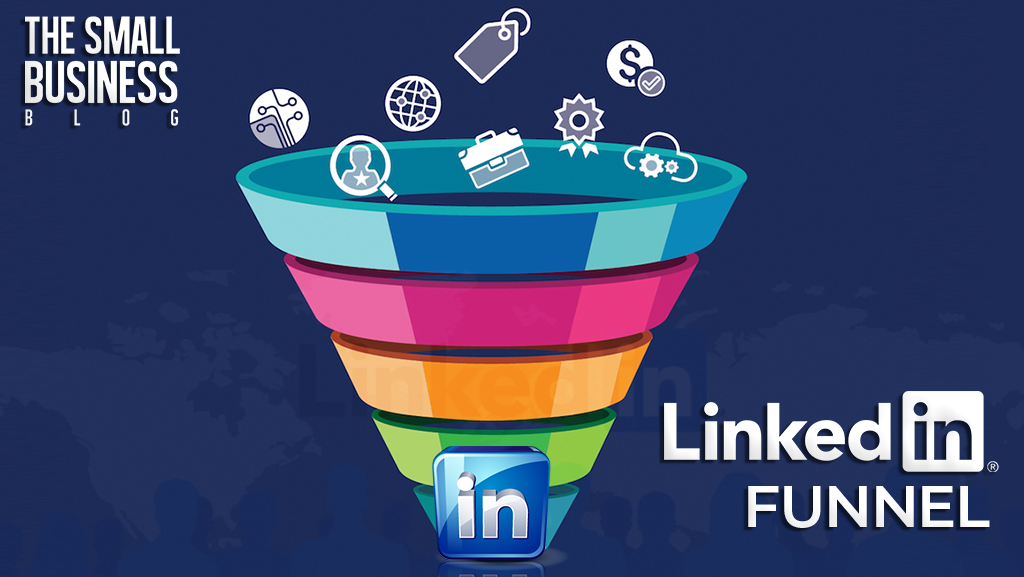
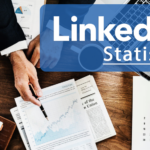
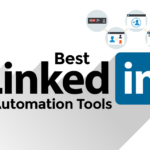
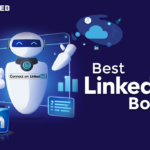



















2 thoughts on “The Foundation of Every Serious Outbound LinkedIn Funnel”
Thanks, a good, clean advice sheet, but it was let down by a mis quote.
Who is Toni robbins?!?!?!
I think Tony Robbins may be a bit miffed with that and it’s left me wondering whether this is genuinely Marley Swindells work, or not? Can we get a confirmation please?
That’s not a misquote, that’s just simply a spelling error.
Yes it was written by Marley Swindells.